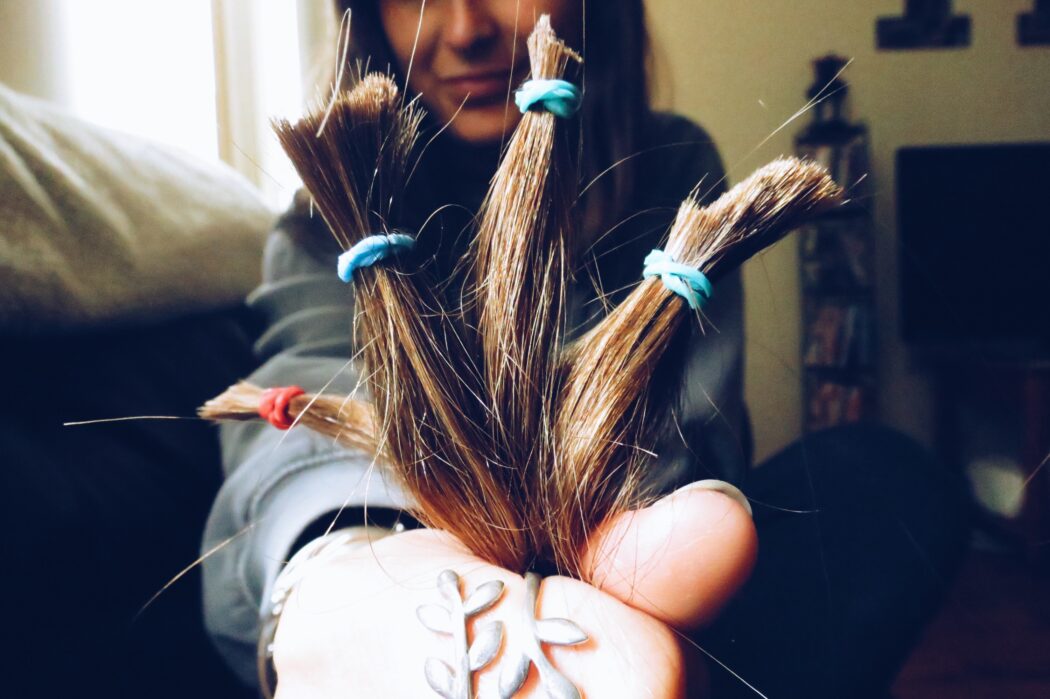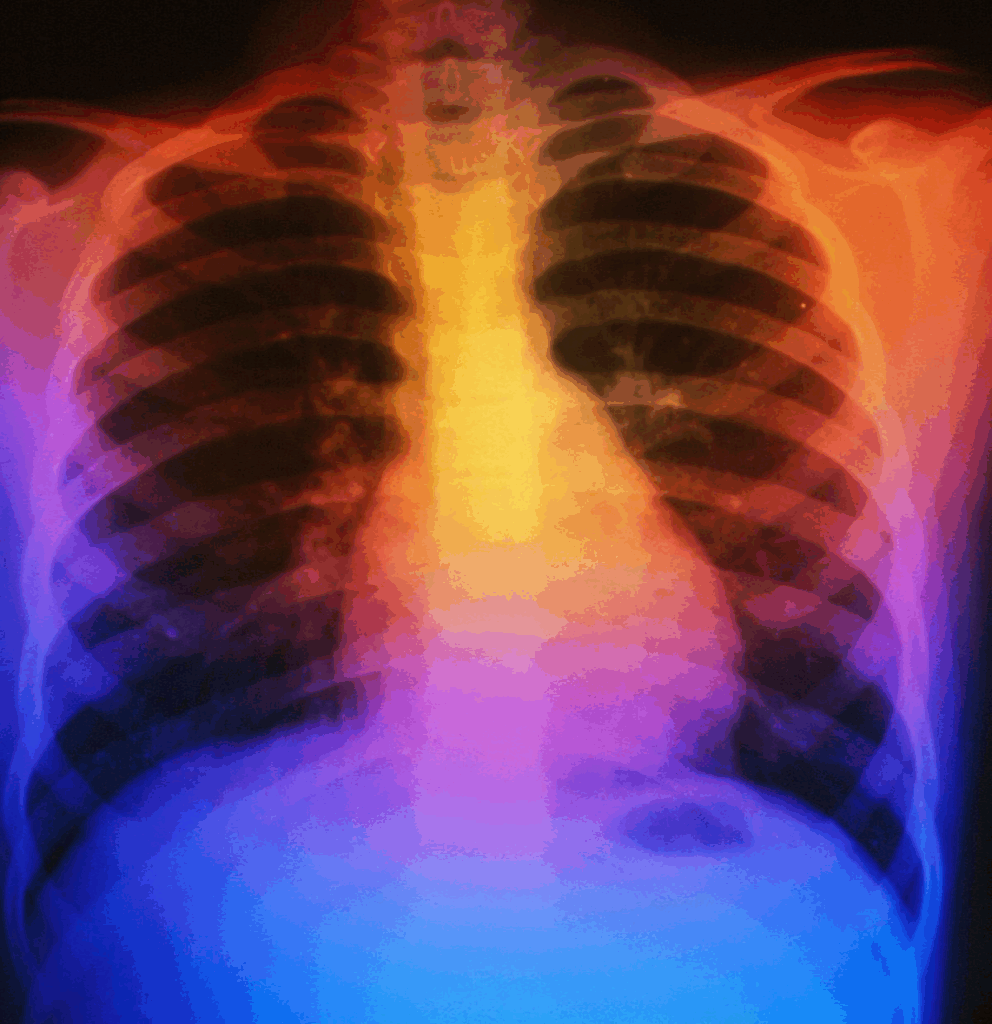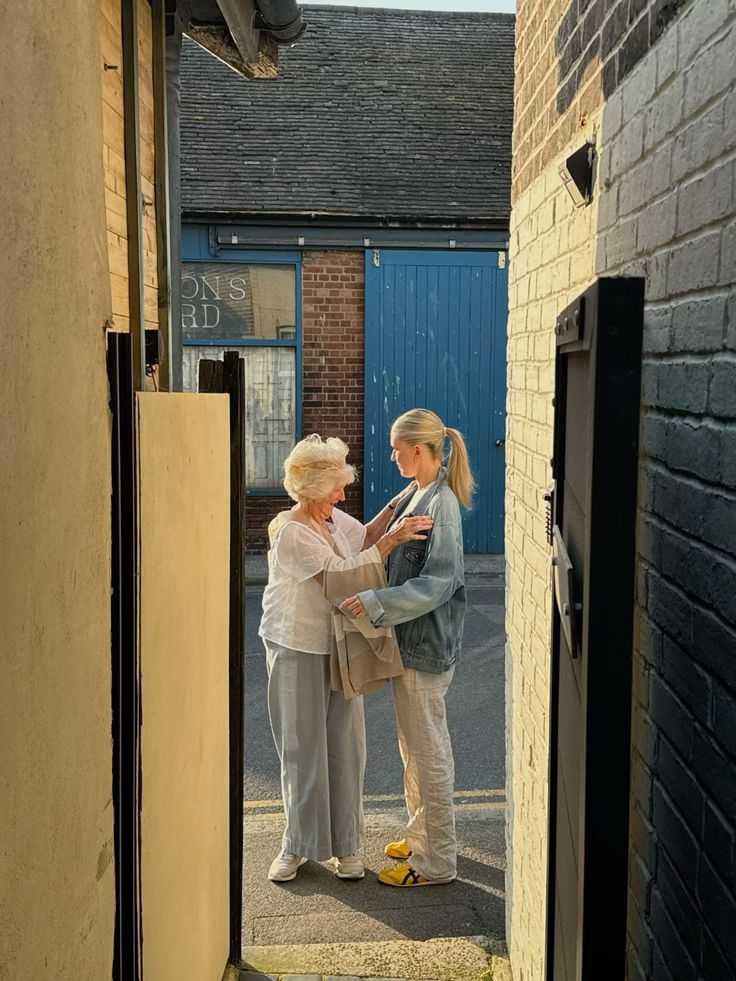It’s no secret that hair can be, and often is, an important staple in a person’s life. No matter your gender, outward appearance is something humans have naturally care about. However, that doesn’t stop the human body from creating circumstances, like alopecia or cancer, that denies some of us of growing our hair.
Here comes the good news – there’s a way to help. Organizations of all sizes are now ready and eager to receive hair donations to make a difference in the lives of people who cannot grow their own hair. Thinking about taking the plunge? Valley fully encourages it! But there’s a few things you need to know first.
Firstly, there is more than one organization that accepts hair donations. Do your research!
Locks of Love, Pantene Beautiful Lengths Campaign, Wigs for Kids (not to be confused with Wigs 4 Kids), Children with Hair Loss, Angel Hair for Kids—the list goes on. The qualifications of donating for each organization don’t differ too much but it’s enough to look into. For instance, it’s long been thought that you need at least 12 inches of hair to donate, which is only true if you’re donating to Wigs for Kids. Most organizations only require 8 inches of quality hair.
This brings us to our next point: Only donate hair that is in good, healthy condition.
It should go without saying that if you don’t want your frizzy, split, last-season’s-colored hair, no one else will. It’s generally recommended that hair not be color-treated because ponytails from many different people are used to make one singular wig and need to be dyed to look the same. This process does not work if some of the hair absorbs the dye more than the rest of it. As far as gray hair goes, most places won’t accept hair that is more than 5% gray.
However, if your hair is not in the best shape, this shouldn’t stop you from donating. Your hair may not qualify to be made into a wig but organizations use lower-quality hair donations to pay for other things.
Make sure you know what you’re doing.
We can’t imagine anything more depressing that attempting to cut off your gorgeous locks, messing it up, and leaving both you and a person in need still in need. While there technically isn’t a rule saying you have to have your hair cut by a professional, it’s recommended that you at least consult with a hair professional especially because you’ll most likely need your hair styled once the length is chopped off.
Prepare your hair to ship the right way.
Many organizations say their biggest issue when receiving hair donations is that they’re not properly packaged. To ship your hair donation correctly, your hair must be: (1) tied in at least one ponytail, (2) clean, dry, and product-free, and (3) placed in a plastic bag inside of an envelope. This keeps your hair donation neat, tidy, and mold-free. Yes, it turns out that hair gets moldy when you mail it wet. Shocker!
The next step to getting your hair donation to the correct location is crucial. Take your package to your nearest post office to ensure that you’re getting the right amount of postage. It would be devastating to have your donation lost in the mail.
Donating your hair can be a life-changing experience but as someone who just donated a foot of hair that took me 5 years to grow, I can assure you that there’s a lot that goes into it. My final piece of advice is to embrace the wide range of emotions you’re going to experience. Crying is most definitely okay – just remember that you’re making a difference in someone else’s life and that hair almost always grows back.





